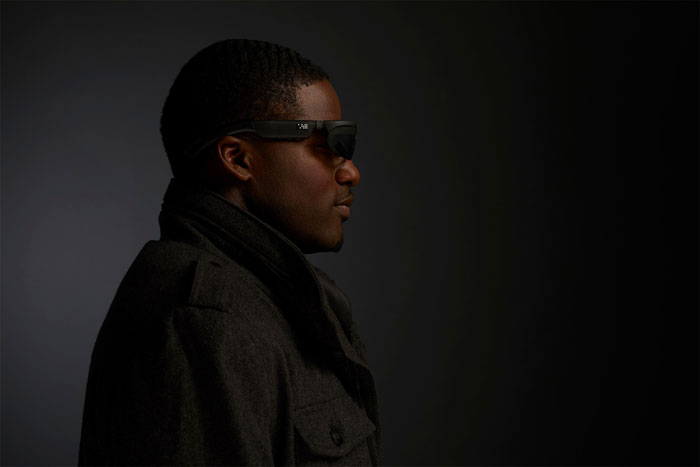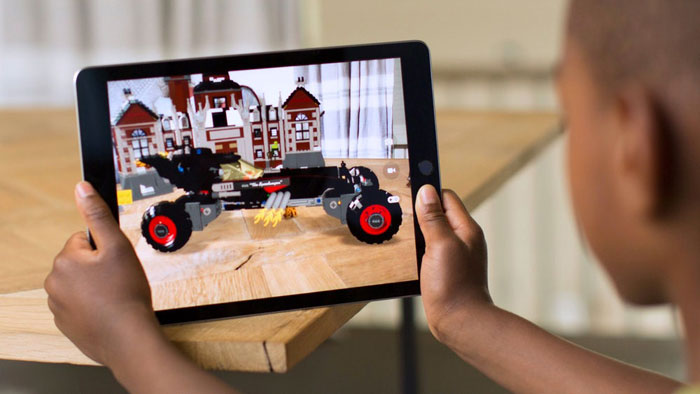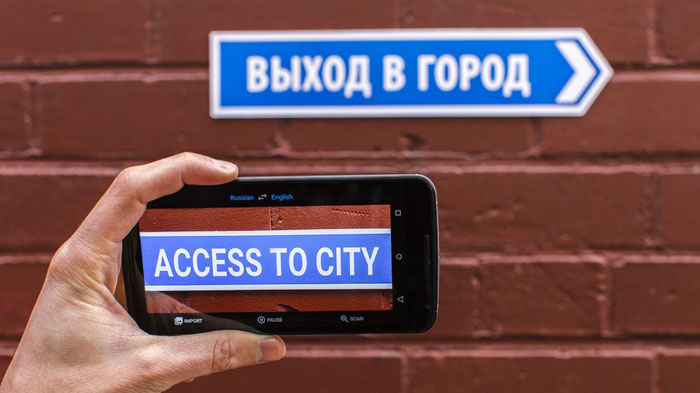Brands are recognising that the benefits of AR go well beyond the novelty factor and can drive business growth, say Hannah Robbins and Ophelia Stimpson of the Cultural Insight Team at Kantar Added Value.
The first widespread iteration of Augmented Reality (AR) came into being in the form of Pokémon Go – the cult mobile app (whose whimsical novelty was ultimately short lived) that saw hordes of people all over the world taking to the streets to search for their favourite Pokémon creatures in real time and space.
Unlike Virtual Reality (VR), which immerses you in an entirely different environment to the one you’re occupying, AR – as the word augmented would suggest – aims to integrate into the world we are already perceiving, to aid or improve our experience of it in some way. Brands are starting to recognise the benefits of AR to the point where we may well stop bothering to distinguish between the real and augmented aspects of our daily experience.
So how can we go beyond the novelty of AR to tap into its growth-driving potential? Here are five brands are doing just that.
1. Make it practical

Image credit: Chicago Tribune
McDonald’s has integrated the AR capabilities of Snapchat into their recruitment strategy to entice potential millennial employees to work for them. Their recent ‘Snaplications’ recruitment campaigncreated a Snapchat filter that allowed people to put on a virtual McDonald’s hat and name tag, record a short video and submit it to the fast food company without having to exit the Snapchat platform.
Integrating a functional task into a social media setting in this way is a great example of applying lateral thinking to AR in order to access a desired audience.
2. Make it educational
Crayola’s AR platform ‘Color Alive’ injects interactive fun into the creative learning process by bringing to life your hand-drawn cartoon creations via an app for your iPad or tablet. Bringing to life kids’ creations in this way isn’t mere frivolity – the power to awe and fascinate using AR strengthens Crayola’s positioning as a facilitator of learning though creativity and play.
3. Make it useful

Image credit: ODG
Osterhaut Design Group’s wearable AR glasses service a wealth of industries you wouldn’t normally associate with AR technology, including healthcare, mining, aerospace, automotive and energy. The glasses help surgeons to multitask while dealing with the crucial minutiae of keyhole surgery, or for those more focused towards engineering, they can provide a list of ‘hands free’ assembly instructions for something you’re trying to build.
4. Make it entrepreneurial

Image credit: Apple
Apple’s iOS 11 ARKit provides a framework for brands great and small to create AR experiences for their products. Blending digital objects and information with the environment around you, it is a clear and concrete option for brands looking to take our worlds beyond small, constrictive screens. The ARKit allows for robust face tracking and the creation of 3D characters, and can analyse a scene and find horizontal planes onto which objects can be placed. Not only does Apple’s ARKit further strengthen the brand’s stronghold as tech pioneer, but it democratises AR technology to allow smaller brands to access their AR-based entrepreneurial spark.
5. Make it useful

Image credit: Mashable
AR can also be integrated into apps and software to add a valuable and useful function to existing platforms. Google Translate, for example, can now provide instant visual translations of 27 languages from an image uploaded to its iOS or Android app, which removes the need to manually type in the phrase you need translating (something which is often tricky to do in a foreign language) and speeds up the process of removing you from a linguistic sticky spot.

